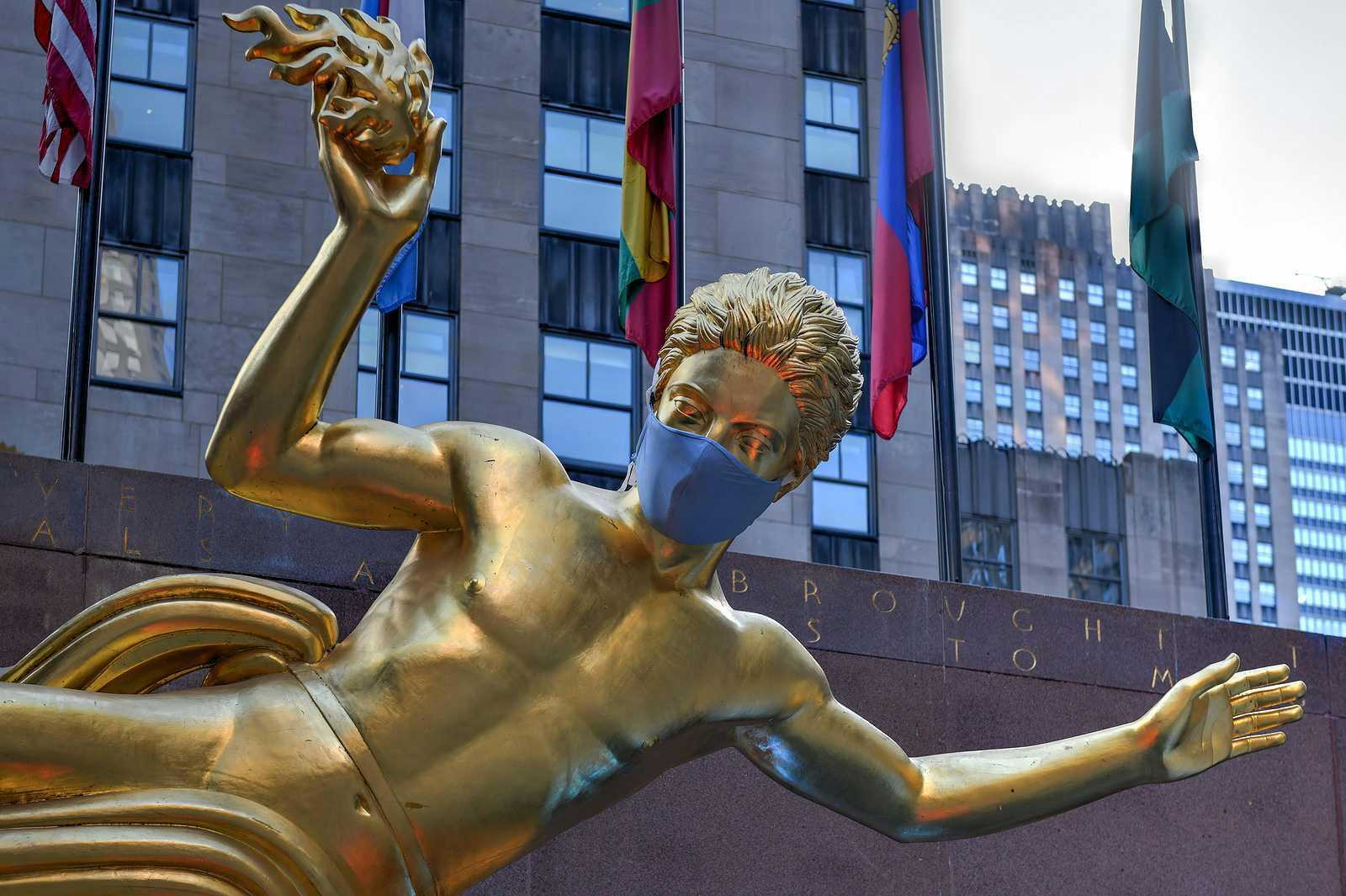
If you think back to the first month or two of 2020, you’ll recall news stories about a scary infection spreading in Wuhan, China. Very few doctors or public health experts thought that the SARS-like condition was already present in the US. However, a new study published in Nature shows that SARS-CoV-2, the virus that causes COVID-19, was circulating in New York City weeks before the first case was identified on March 1st (Nature, Nov. 3, 2020). How many New Yorkers carried the virus?
How Did the Scientists Study Infected New Yorkers?
Not long after that first case was diagnosed, New York City experienced a terrifying surge in COVID-19 cases, overwhelming testing capacity and intensive care units. To get a picture of how New Yorkers were affected, the investigators studied the proportion of blood samples with antibodies. Antibodies in the blood indicate past infection with the coronavirus. Researchers wanted to know how the proportions changed during the spring and summer.
To find out, they analyzed more than 10,000 blood samples that were taken from Mount Sinai Hospital patients between early February and July. Some samples came from urgent care, where many of the patients were being treated for the coronavirus. Other samples represented the general population of New York City. They came from patients appearing for OB/GYN visits, labor and delivery, cancer treatment and routine cardiology office visits.
Measuring Antibodies in the Blood:
The scientists used a very sensitive test to detect antibodies to part of the spike protein of SARS-CoV-2. They found blood samples positive for those antibodies in samples taken in mid-February. (Samples from early February were few and none were positive.) The proportion of blood samples testing positive for these antibodies is called seroprevalence.
Seroprevalence increased more rapidly among urgent care than regular care patients. However, by late May it had stabilized at approximately 22 percent in both groups. That’s how the investigators estimate that more than 1.7 million New Yorkers had been infected with the coronavirus by the beginning of the summer.
By that time, 16,674 New Yorkers had died of COVID-19. As a result, the researchers calculate the infection fatality rate (IFR) at about 1 percent.
They note:
“This is in stark contrast to the IFR of the 2009 H1N1 pandemic which was estimated to be 0.01%-0.001%.”
No Community Immunity:
Significantly, even with 22 percent of New Yorkers having antibodies to SARS0CoV-2, this is not enough to offer “herd immunity.” The researchers note that 67 percent of the population would need antibodies to achieve potential community immunity.
Citations
- Stadlbauer D et al, "Repeated cross-sectional sero-monitoring of SARS-CoV-2 in New York City." Nature, Nov. 3, 2020. https://doi.org/10.1038/s41586-020-2912-6

